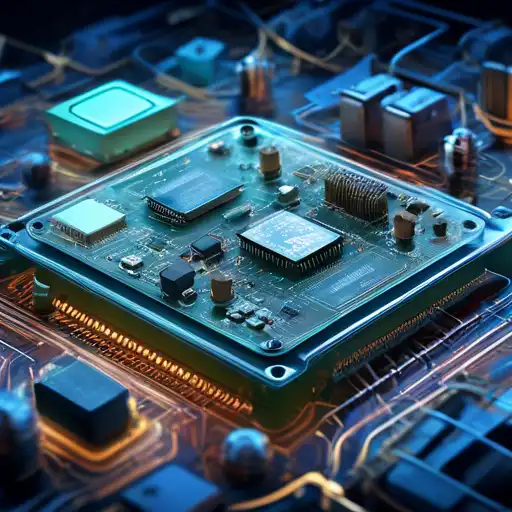The Hidden Heroes: How Embedded Systems Power Our Smart Devices
In the digital age, smart devices have become ubiquitous, seamlessly integrating into our daily lives. From smartphones to smart refrigerators, these devices rely on the unsung heroes of technology: embedded systems. These compact, efficient systems are the brains behind the operation, enabling devices to perform specific tasks with precision and reliability.
What Are Embedded Systems?
Embedded systems are specialized computing systems that perform dedicated functions within larger mechanical or electrical systems. Unlike general-purpose computers, which are designed to handle a wide range of tasks, embedded systems are optimized for specific tasks, often with real-time computing constraints. They are the cornerstone of modern smart devices, providing the necessary intelligence to make devices 'smart'.
The Role of Embedded Systems in Smart Devices
Embedded systems are at the heart of every smart device, controlling everything from the user interface to the device's core functionalities. For example, in a smart thermostat, an embedded system processes temperature data, communicates with other devices, and adjusts the heating or cooling system accordingly. This level of automation and intelligence is made possible by the sophisticated software and hardware components of embedded systems.
Key Components of Embedded Systems
Embedded systems consist of several key components, including:
- Microcontrollers or Microprocessors: The brain of the system, executing programmed instructions.
- Memory: Stores the system's software and temporary data.
- Input/Output Interfaces: Allow the system to interact with the external world.
- Software: Provides the logic and functionality for the system's operation.
Challenges and Future Directions
Despite their widespread use, embedded systems face challenges such as security vulnerabilities and the need for continuous updates. However, advancements in IoT (Internet of Things) and artificial intelligence are paving the way for more secure, efficient, and intelligent embedded systems. The future of embedded systems lies in their ability to adapt and evolve, meeting the ever-increasing demands of smart devices.
Conclusion
Embedded systems are the invisible force driving the functionality of smart devices. As technology advances, these systems will continue to play a pivotal role in the development of innovative and intelligent devices. Understanding the importance and functionality of embedded systems is essential for anyone looking to delve into the world of smart technology.
